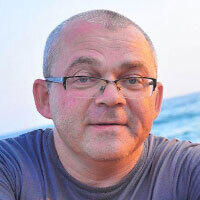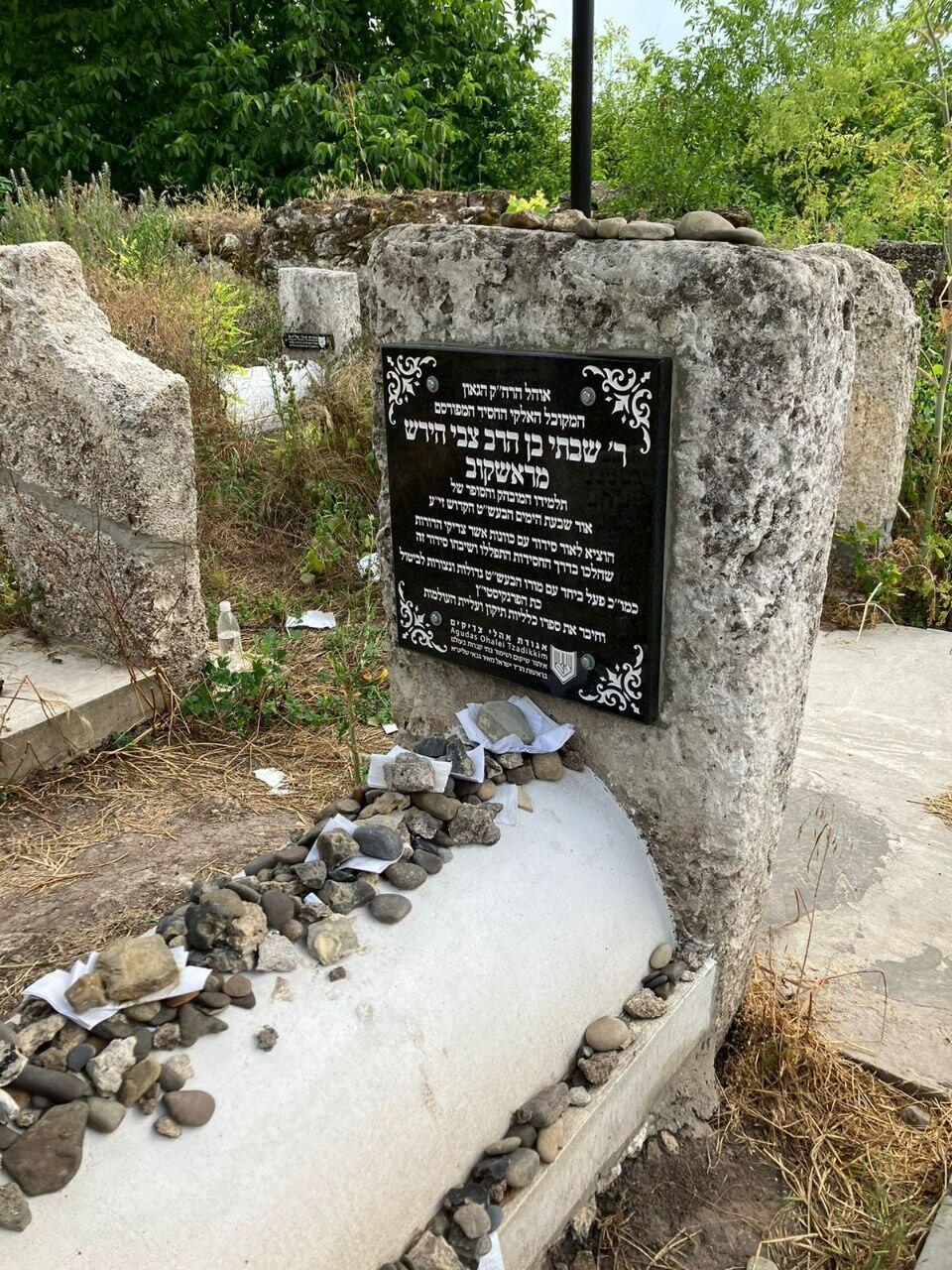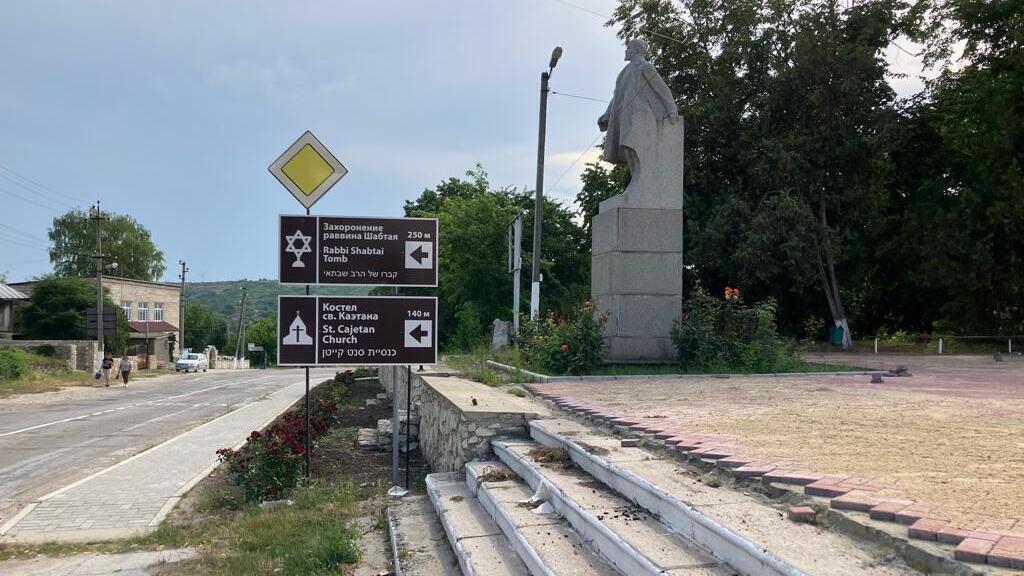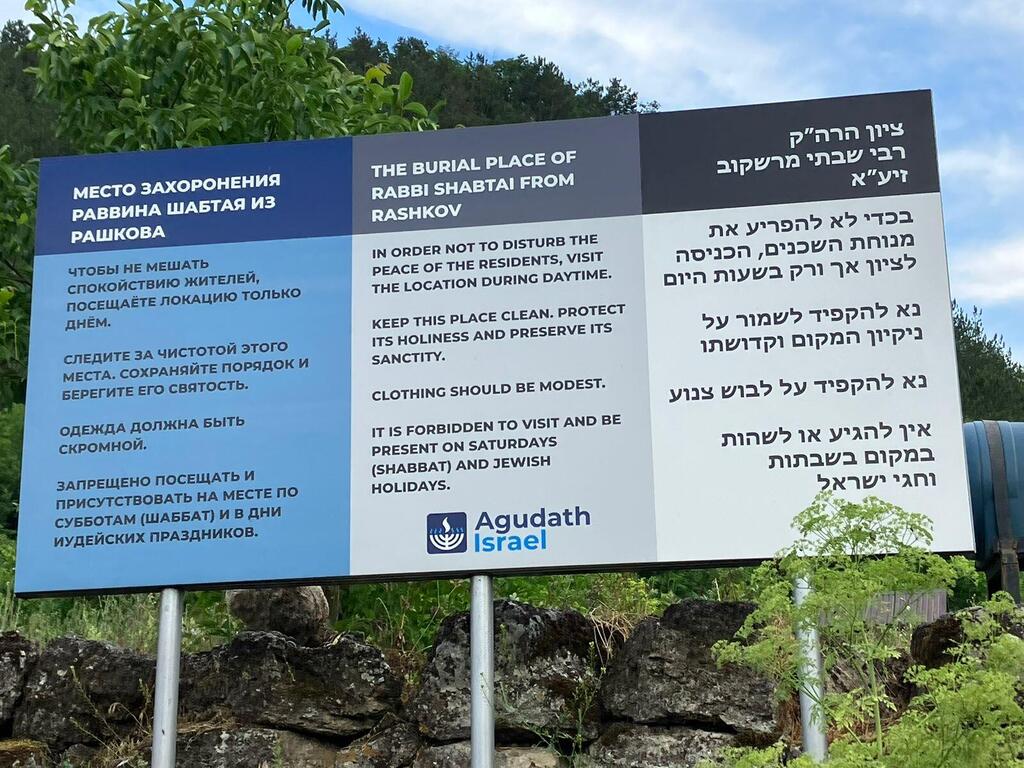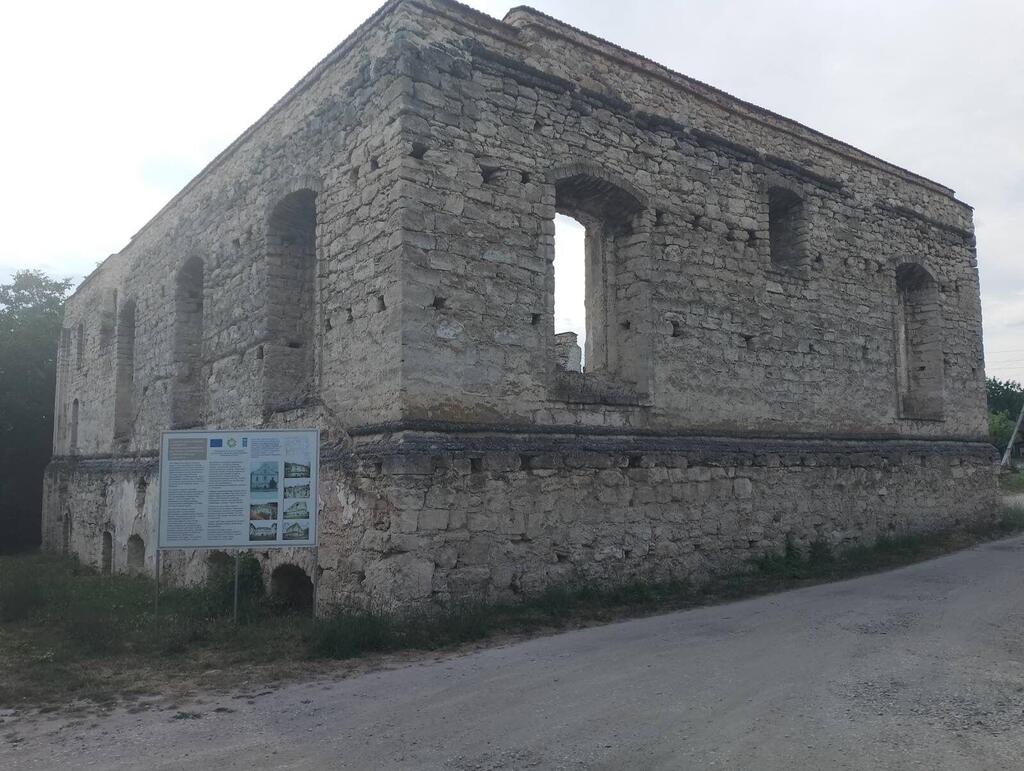Getting your Trinity Audio player ready...
Rabbi Shabtai from Rașcov, who lived in the 18th century, is considered to be among the first-generation Hasidic Jews. He became well-known primarily for compiling the wordings of Rabbi Isaac Luria, in a Jewish prayer book.
More stories:
In this prayer book that was first printed in 1793, he wrote his insights into the Kabbalah - Jewish mysticism. His burial place in Rașcov has been hidden for years and was discovered after much effort. Today, Jewish pilgrims visit the site.
Rabbi Shabtai resided in Rașcov, which was founded in 1402, and is 134 km (83 miles) from Moldova's capital city Chișinău. A monument to Vladimir Ilyich Lenin still stands proudly near the municipality and a sign in three languages - Russian, English, and Hebrew - indicates the historical sites and the location of the grave of Rabbi Shabtai.
According to Olga Nikolaevna, a local museum director and tour guide, since its founding Rașcov was part of the southern borders of the Grand Duchy of Lithuania. Later, in 1569, it became part of the Polish-Lithuanian Commonwealth until the late 18th century.
It was then sold to Catherine the Great by the descendants of the Lubomirski princes, and the territory became a part of Russia. Evidence of the town’s Jewish community dates back to the 17th century, and sources say that in 1914, there were over 2,000 Jews living in Rașcov.
The city had four synagogues, a Jewish pharmacy, a flour mill, timber warehouses, an inn, and about 50 shops serving the Jewish community. The only two doctors in Rașcov were Jewish.
On the main street, named after Lenin, traditional Jewish houses can be found, with stores on the ground floor and living spaces above. In a public garden across from those houses, a monument to commemorate the victims of the Holocaust was erected in 2017 in an initiative started by Semyon Glickman, an Israeli native of the city.
A Catholic Church stands on top of a hill nearby. "Our church was built in 1789 and is preserved by the state as one of the most beautiful buildings in all of Moldova," Nikolaevna said. "Before the COVID-19 pandemic, Catholic student festivals were held in the church, despite the fact that the majority of residents are Orthodox Christians. We have seven Orthodox churches, and there has always been religious harmony in Rașcov,” she said.
The old Jewish cemetery is located on a hill further down. It was customary to build Jewish cemeteries in the highest places possible, in that region of the world "In the past, people were wiser than us and wanted to bury their loved ones closer to God," the cemetery caretaker said.
"This is a small Jewish cemetery. It’s over 300 years old, and around 1,000 people are buried here. They are buried starting from the outer wall, first men, then women, and then children," Nikolaevna explained. "All of the tombstones were made of local stone.”
On the right side of the path stands an awning, under which lies the grave of Rabbi Shabtai. The tomb, which has been there since the 18th century, is considered a rarity since it has been well preserved.
"We searched for this grave for almost a decade. During the search, we removed 200 truckloads of garbage from two Jewish cemeteries in Rașcov," said Pinchas Zaltzman, Moldova’s chief rabbi. "The town's elderly pointed out where the rabbi was buried, and we also used the services of Rabbi Meir Gabay, who helped us uncover the location,” he said.
“Rabbi Shabtai was one of the great disciples of the Israel ben Eliezer (Baal Shem Tov) who is considered to be the founder of Hasidic Judaism. He was originally Lithuanian and later became part of the Hasidic movement. He compiled a special prayer book still used today, which has very extensive knowledge of the Kabbalah," he said.
Not far from the tomb stands Rașcov's old synagogue. "The synagogue has been operating since 1753. Special technologies were used in its construction, utilizing egg yolk and sheep's wool," Nikolaevna said.
Thanks to the efforts of the town’s Jewish community, two years ago, the Rașcov synagogue received a grant from the EU and the United Nations Development Program, to fund its conservation.


